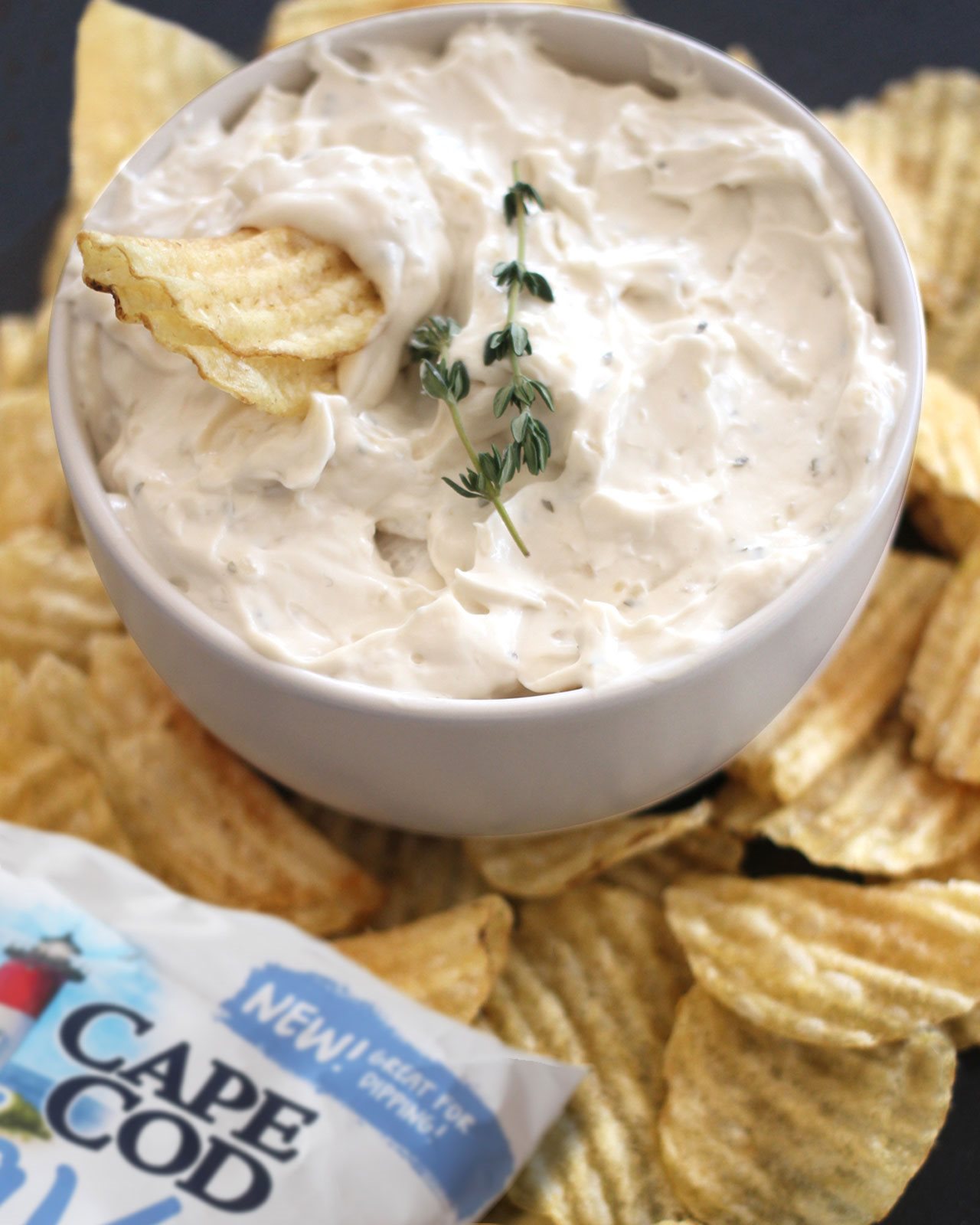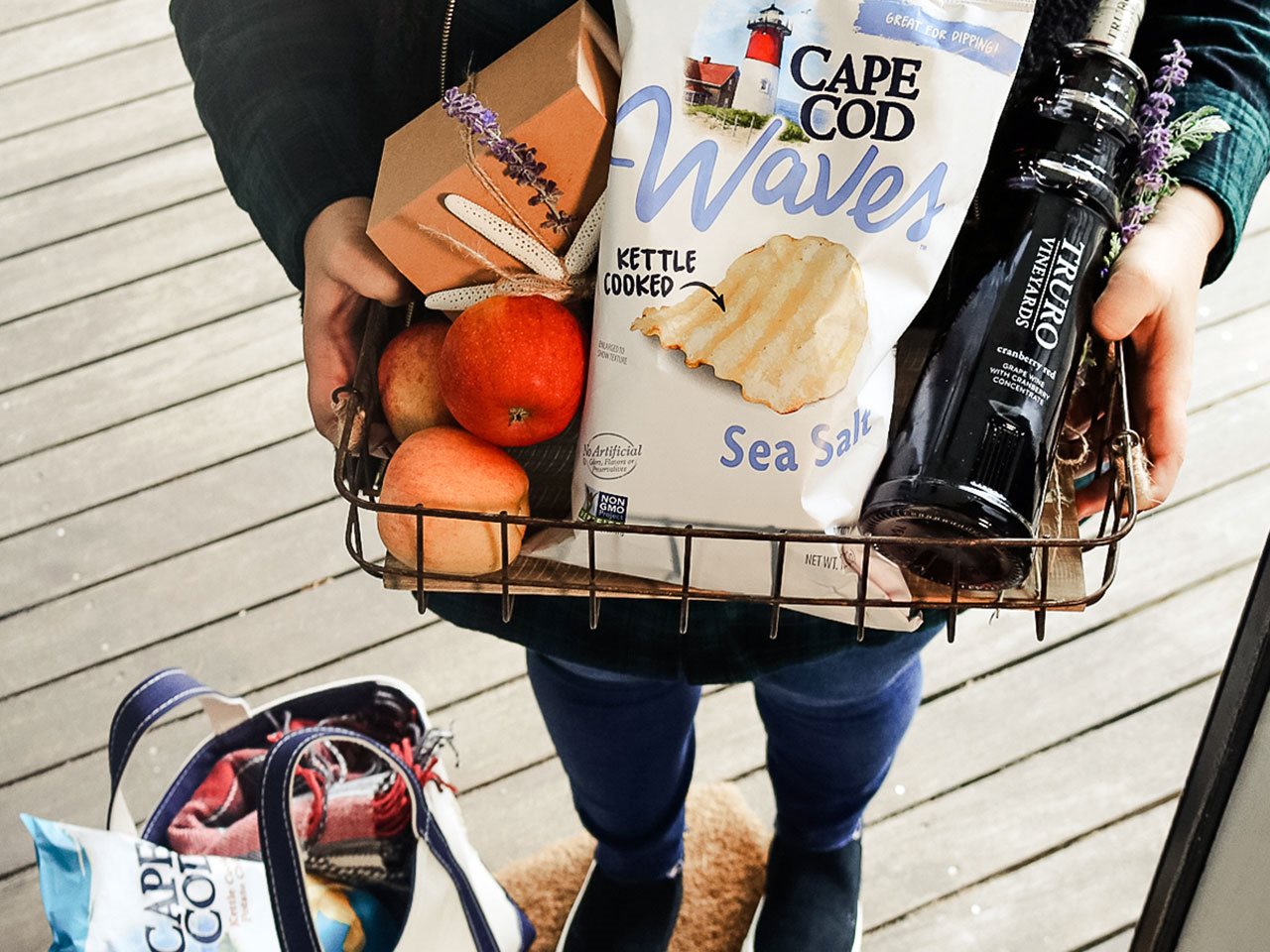2019-03-18T08:01:00
(BPT) – To Nathaniel, father of 10 and grandfather of 10, family is everything. He and his family have been through a lot over the years. Nathaniel lost his mother, grandmother, two brothers and a nephew to heart failure, a chronic, progressive condition in which the heart cannot pump enough blood around the body.
Nine years ago, Nathaniel experienced fatigue and weakness to the point where he was unable to walk 10 feet without stopping. It affected his ability to work, spend time with his family and cook them the meals they love. Nathaniel made an appointment with a cardiologist who, after several tests, diagnosed him with a certain type of chronic heart failure called heart failure with reduced ejection fraction (HFrEF) in October 2010.
“When I first heard the diagnosis, I remembered the family members I’ve lost and feared the worst,” said Nathaniel.
Nathaniel is one of millions of Americans living with heart failure, which accounts for approximately 900,000 hospitalizations annually – that is nearly two hospitalizations every minute, half of which are for HFrEF, the same type of chronic heart failure that Nathaniel was diagnosed with.
And while a visit to the hospital may provide symptom relief, it means the condition is worsening. Outlook for patients in the first 30 days is poor following hospitalization, so it’s important that people hospitalized for heart failure receive appropriate treatment.
Heart failure is more prevalent in African Americans and imposes higher rates of death and morbidity at an earlier age.
But Nathaniel was determined to stay strong for his family and do whatever was necessary to manage his heart failure. With guidance from his cardiologist, Nathaniel tried various treatments until, in 2015, a medication called ENTRESTO® (sacubitril/valsartan), became available. He began ENTRESTO the first day it was available as a medication and has been on it ever since.
ENTRESTO is a prescription medicine that has been proven to help keep people, like Nathaniel, alive and out of the hospital longer than another widely used medication, (enalapril). Now new research complements these findings and supports the use of ENTRESTO as foundation therapy. While there are limitations to these data, they show that ENTRESTO can be started in appropriate stabilized patients in the hospital.
In addition to medications, Nathaniel altered his lifestyle to manage his condition by being more physically active and reducing his salt intake.
While treatment affects everyone differently, Nathaniel and his doctor were glad to see that he hasn’t been hospitalized for heart failure since starting ENTRESTO. ENTRESTO has helped his heart so he can keep on doing what he loves.
Today, Nathaniel is back to cooking up meals for his large family. Since starting ENTRESTO and making lifestyle changes, he has a new outlook on the life ahead of him.
“I have hope for a long life, something I didn’t have before. I’m proud to have taken several steps toward getting my heart failure under control.”
Nathaniel’s children and grandchildren are all part of his heart failure journey. He calls them his “family team” and makes sure they know everything about his medicines and the advice he receives from his health care providers.
“I hope to pass on to my family what I’ve learned in my journey and encourage them all to be proactive in their own health – because that has helped me live a meaningful life.”
Learn more at ENTRESTO.com.
What is ENTRESTO?
ENTRESTO is a prescription medicine used to reduce the risk of death and hospitalization in people with certain types of long-lasting (chronic) heart failure. ENTRESTO is usually used with other heart failure therapies, in place of an angiotensin-converting enzyme (ACE) inhibitor or other angiotensin II receptor blocker (ARB) therapy.
IMPORTANT SAFETY INFORMATION
What is the most important information I should know about ENTRESTO?
ENTRESTO can harm or cause death to your unborn baby. Talk to your doctor about other ways to treat heart failure if you plan to become pregnant. If you get pregnant while taking ENTRESTO, tell your doctor right away.
Who should not take ENTRESTO?
Do not take ENTRESTO if you
-
are allergic to sacubitril or valsartan or any of the ingredients in ENTRESTO
-
have had an allergic reaction including swelling of your face, lips, tongue, throat (angioedema), or trouble breathing while taking a type of medicine called an ACE inhibitor or ARB
-
take an ACE inhibitor medicine. Do not take ENTRESTO for at least 36 hours before or after you take an ACE inhibitor medicine. Talk with your doctor or pharmacist before taking ENTRESTO if you are not sure if you take an ACE inhibitor medicine
-
have diabetes and take a medicine that contains aliskiren
What should I tell my doctor before taking ENTRESTO?
Before you take ENTRESTO, tell your doctor about all of your medical conditions, including if you have kidney or liver problems or a history of hereditary angioedema; are pregnant or plan to become pregnant; are breastfeeding or plan to breastfeed. You should either take ENTRESTO or breastfeed. You should not do both.
Tell your doctor about all the medicines you take, including prescription and over-the-counter medicines, vitamins, and herbal supplements. Especially tell your doctor if you take potassium supplements or a salt substitute; nonsteroidal anti-inflammatory drugs (NSAIDs); lithium; or other medicines for high blood pressure or heart problems such as an ACE inhibitor, ARB, or aliskiren.
What are the possible side effects of ENTRESTO?
ENTRESTO may cause serious side effects including:
-
angioedema that may cause trouble breathing and death. Get emergency medical help right away if you have symptoms of angioedema or trouble breathing. Do not take ENTRESTO again if you have had angioedema while taking ENTRESTO. People who are Black or who have had angioedema and take ENTRESTO may have a higher risk of having angioedema
-
low blood pressure (hypotension). Call your doctor if you become dizzy or lightheaded, or you develop extreme fatigue
-
kidney problems
-
increased amount of potassium in your blood
The most common side effects were low blood pressure, high potassium, cough, dizziness, and kidney problems.
You are encouraged to report negative side effects of prescription drugs to the FDA. Visit www.fda.gov/medwatch, or call 1-800-FDA-1088.
This information is not comprehensive. To learn more, talk to your health care provider or pharmacist, visit www.ENTRESTO.com to obtain the FDA-approved product labeling, or call 1-888-ENTRESTO.
Click here for full Prescribing Information, included BOXED Warning.


















